Mycosis Fungoides Itch Treatment Selector
Personalized guidance based on your symptoms and triggers to help you find the most effective itch relief options.
Your Symptoms
Important: This tool provides general guidance only. Always consult with your dermatologist before starting new treatments.
Living with Mycosis Fungoides a type of cutaneous T‑cell lymphoma that starts as patches or plaques on the skin often means battling relentless itch. That persistent pruritus can interrupt sleep, ruin focus, and make daily life feel uncomfortable. Below you’ll find practical steps to calm the skin, protect the barrier, and reduce the urge to scratch, all without compromising your overall treatment plan.
Key Takeaways
- Identify and avoid personal itch triggers (heat, harsh soaps, stress).
- Use a layered skincare routine: gentle cleanser → moisturizer → targeted therapy.
- Topical steroids, calcineurin inhibitors, and antihistamines each have a specific role.
- Phototherapy and systemic agents can dramatically cut itch when skin‑only measures fall short.
- Regular follow‑ups with a Dermatologist a medical doctor specialized in skin diseases keep you ahead of flares.
Understanding Itch in Mycosis Fungoides
Itch, medically called Pruritus an uncomfortable sensation that triggers the desire to scratch, isn’t just a skin irritation. In MF, the malignant T‑cells release cytokines that sensitize nerve endings, while inflammation damages the skin’s protective barrier. The result is a vicious cycle: scratching irritates the skin, releasing more inflammatory mediators that worsen the disease.
Common Triggers to Watch
Before you reach for medication, look at everyday factors that might be turning the itch dial up:
- Heat & sweat: Warm environments increase histamine release.
- Harsh soaps or detergents: Fragrances and sulfates strip natural oils.
- Dry air: Low humidity empties the skin’s moisture reservoir.
- Stress: Cortisol spikes can heighten nerve sensitivity.
- Clothing: Rough fabrics like wool can mechanically irritate lesions.
Keeping a simple diary for a week helps spot patterns you might otherwise miss.
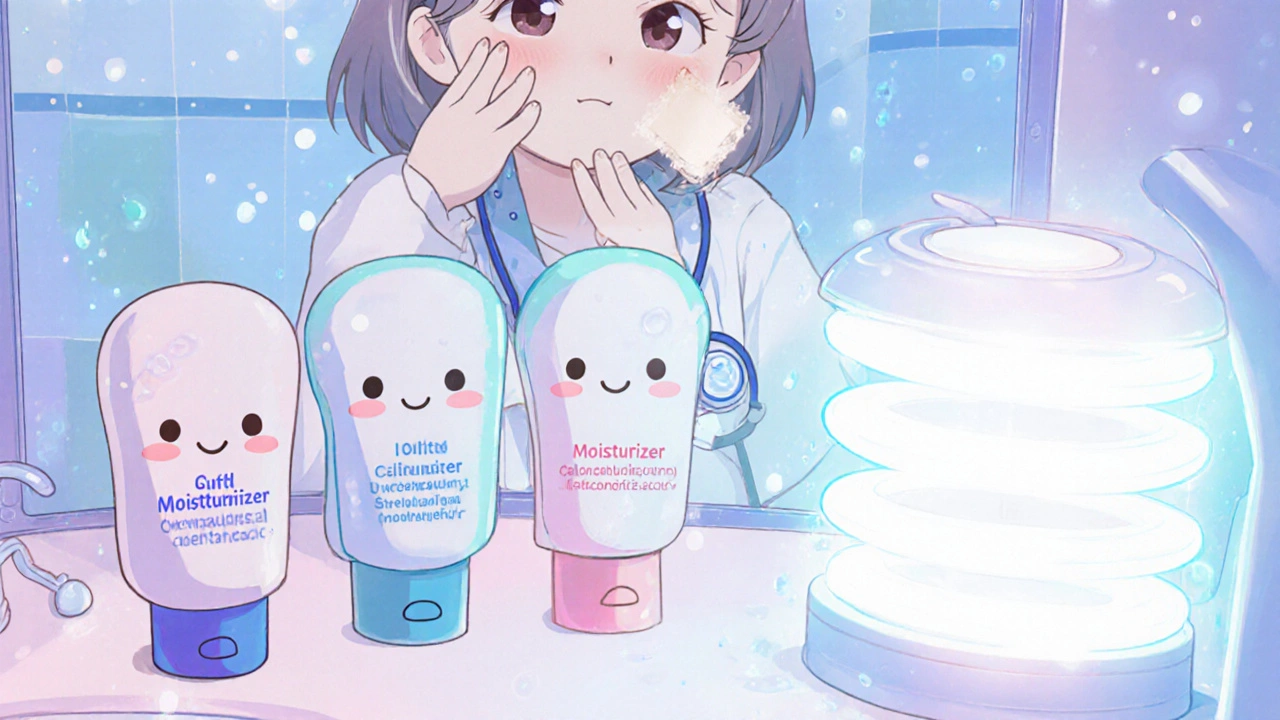
Topical Strategies that Actually Work
When the itch is mild to moderate, topical agents are usually first‑line because they act directly where the problem lives.
| Option | Mechanism | Pros | Cons | Typical Use |
|---|---|---|---|---|
| Corticosteroids anti‑inflammatory steroids applied to the skin | Suppresses cytokine release | Rapid itch reduction, widely available | Skin thinning with long‑term use | d>Localized patches or plaques|
| Topical Calcineurin Inhibitors immunomodulators such as tacrolimus | Blocks T‑cell activation | Safer for long‑term use on sensitive areas | May cause transient burning sensation | Face, intertriginous zones, chronic lesions |
| Moisturizers emollient creams or ointments that restore barrier function | Locks in water, reduces transepidermal loss | Non‑prescription, essential for all patients | Requires frequent reapplication | Morning and night, post‑wash |
| Antihistamines oral or topical agents that block histamine receptors | Reduces histamine‑driven itch | Helpful for nocturnal itching | May cause drowsiness; less effective for cytokine‑driven itch | Bedtime use when itch peaks at night |
Start with a fragrance‑free, hypoallergenic moisturizer immediately after showering. If the itch persists, add a low‑potency steroid (e.g., hydrocortisone 1%). For areas where steroids are risky-like the face-switch to a calcineurin inhibitor.
When Topicals Aren’t Enough: Systemic Options
Sometimes the itch signals more widespread disease activity. In those cases, oral or injectable medications can break the cycle.
- Gabapentin or Pregabalin: Originally for nerve pain, these agents calm the itch‑triggering nerves. Start low (100 mg nightly) and titrate.
- Systemic Corticosteroids: Short bursts (e.g., prednisone 20‑40 mg) can reset severe flares, but they’re not for long‑term control.
- Biologic agents: Drugs like brentuximab vedotin target malignant T‑cells, often improving itch as a side benefit.
All systemic meds require close monitoring by your oncology team, especially liver function and blood counts.
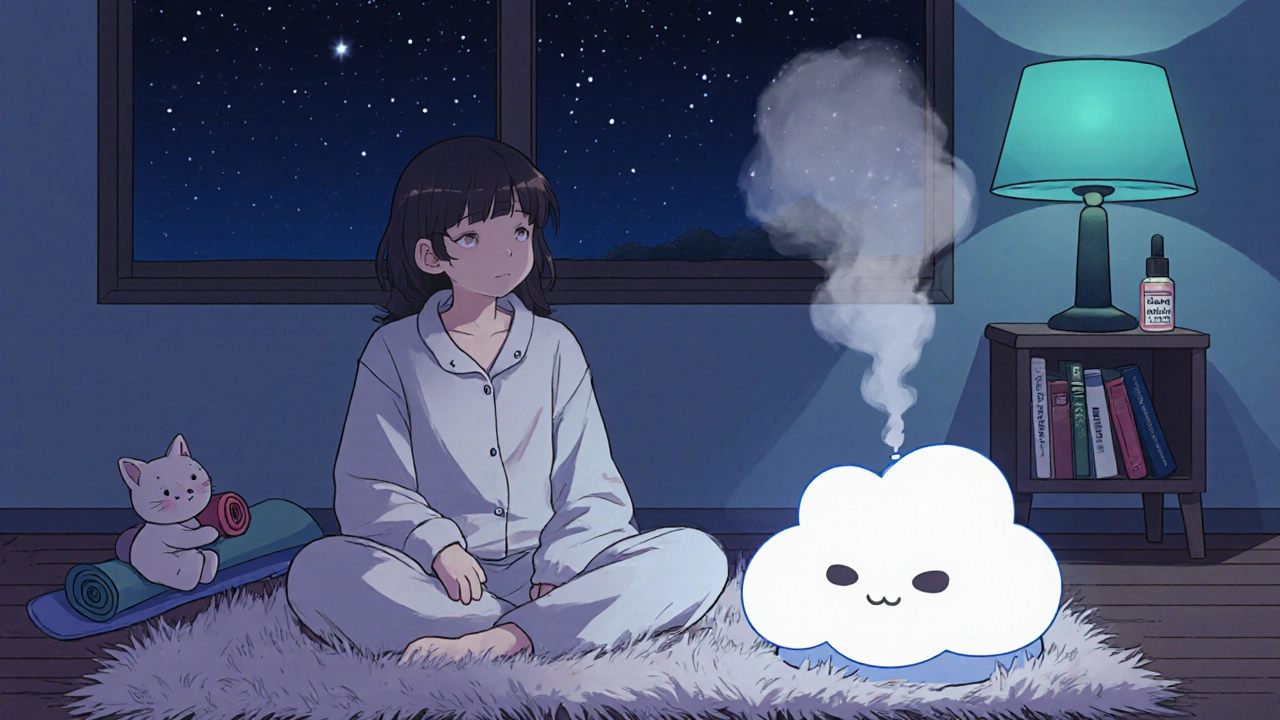
Light‑Based Therapies That Calm the Skin
Phototherapy is a cornerstone for MF and doubles as an itch‑buster.
- UVB narrowband (311 nm): Reduces T‑cell proliferation; usually 2‑3 sessions per week.
- PUVA (psoralen + UVA): More potent, reserved for thicker plaques.
- Excimer laser: Targets small, stubborn spots with minimal surrounding damage.
Patients often notice less itching after 4-6 weeks of consistent treatment. Side effects include mild redness and, over years, a small risk of skin cancer-so sunscreen remains vital.
Everyday Lifestyle Hacks
Even the best meds can’t outshine simple habits. Here are daily actions that keep itch in check:
- Keep showers lukewarm and limit them to 10 minutes.
- Pat skin dry; avoid rubbing.
- Apply a thick layer of moisturizer within three minutes of drying.
- Use a humidifier at night if indoor air is dry.
- Choose breathable fabrics-cotton or bamboo.
- Practice stress‑relief techniques (mindful breathing, short walks, yoga).
These tweaks may seem tiny, but they collectively strengthen the skin barrier and lower the itch signal.
When to Call a Dermatologist
If you notice any of the following, schedule an appointment promptly:
- Itch that wakes you up most nights.
- New or rapidly spreading lesions.
- Signs of infection (redness, pus, fever).
- Side effects from topical steroids (thinning skin, stretch marks).
Early intervention can prevent secondary infections and keep the disease from advancing.
Why does my skin itch more during hot weather?
Heat increases sweat and raises histamine levels, both of which intensify the nerve signals that cause itch. Staying cool and using a light, fragrance‑free moisturizer can help.
Can over‑the‑counter antihistamines really help?
They can be useful, especially at night, but they mainly block histamine‑driven itch. If your itch stems from cytokines released by MF cells, a steroid or calcineurin inhibitor will be more effective.
Is it safe to use strong steroids all the time?
Long‑term high‑potency steroids can thin skin, cause stretch marks, and increase infection risk. They’re best reserved for short bursts or used under close supervision.
How often should I see my dermatologist?
At least every 3-4 months during stable phases, or sooner if you notice new patches, worsening itch, or side effects from treatment.
Do moisturizers actually reduce itch?
Yes. By restoring the skin’s barrier, moisturizers lessen transepidermal water loss, which lowers nerve irritation and therefore itch. Choose products with ceramides, glycerin, or hyaluronic acid.
Managing itch in mycosis fungoides isn’t a one‑size‑fits‑all plan, but by combining trigger control, smart skincare, and targeted therapies you can regain comfort and improve quality of life. Keep a symptom diary, stay in touch with your dermatologist, and adjust the strategy as your skin evolves.

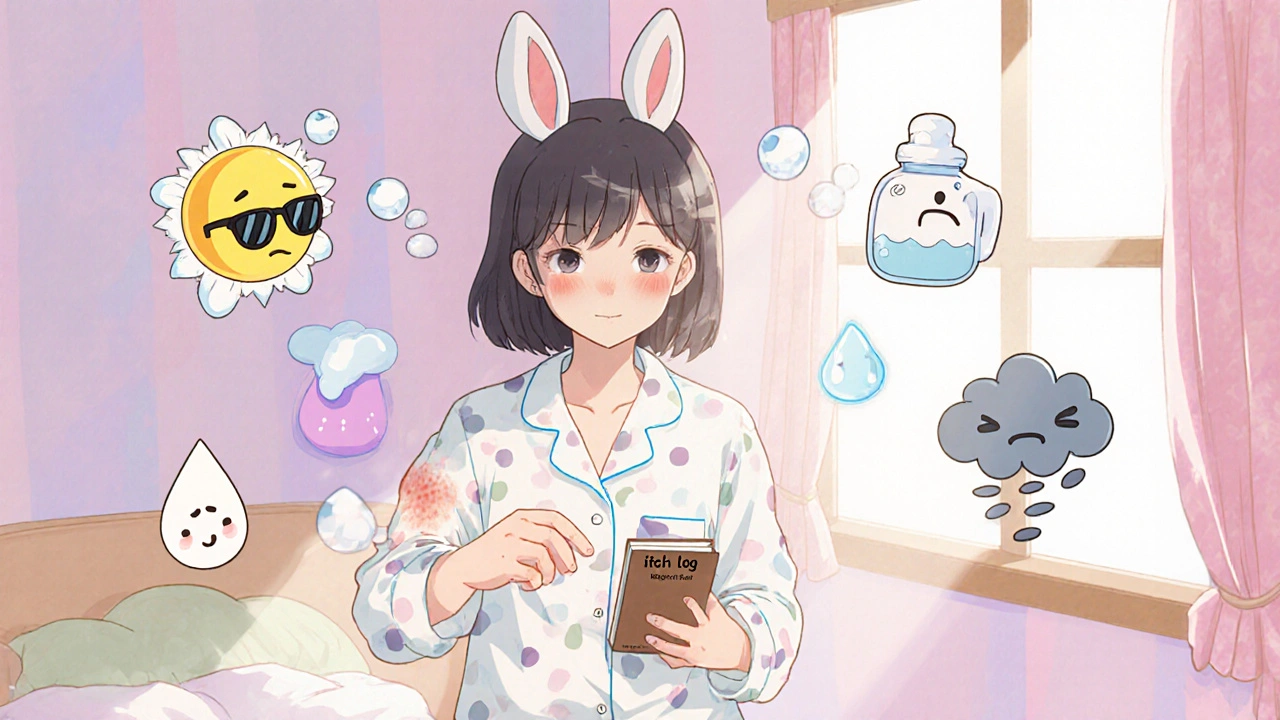

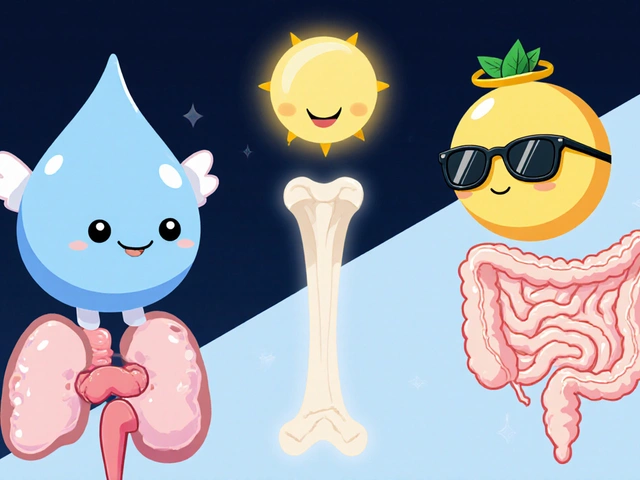
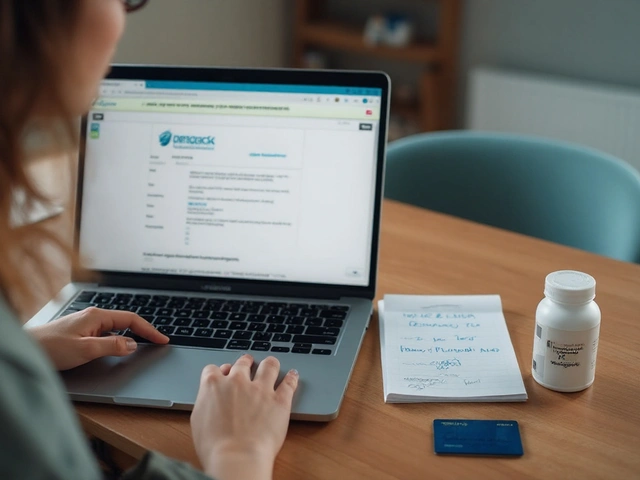


Kirsten Youtsey
October 20, 2025Start with a fragrance‑free, hypoallergenic moisturizer right after showering; it restores lipids and cuts the itch cycle.
Avoid scented soaps that strip the barrier.